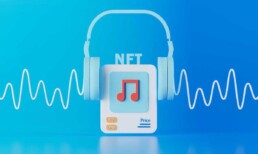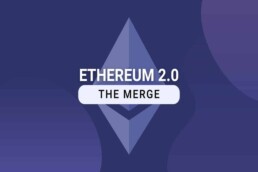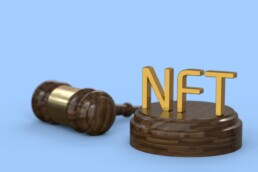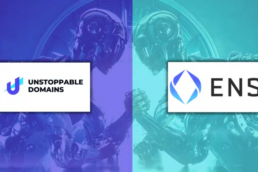NFTs are a new technology set to revolutionize many old industries. One of these is music, but how can such an ancient art form be disrupted by such a new technology, and how will NFTs change the world of music?
Applications of NFTs in the Music Industry
NFT popularity has exploded in the last few years and is tipped to reach $80 billion by 2025, up from $41 million in just 2018. Their potential applications within the music industry are immense and have already been realized by a few individuals and businesses in the space.
It’s no secret that music artists sometimes struggle to make ends meet (even Kanye “Ye” West compared record deals to slavery), NFTs promise to help change this and reintroduce a degree of scarcity into the world of music.
Tokenizing their work allows the artist to keep the rights to the music and give them control over their work and its distribution rather than handing it over to a record label. Artists can set their own royalties and engage with fans on a deeper level. This has major benefits for the artists, who can avoid having to pay a fee to a record label, and the fan, who would have a deeper connection with the artist.
Fans could have influence over the artists and other benefits could be attached to the NFT. It’s easy to imagine a future where holders of an NFT album are allowed to vote on tour locations, collaborations with other artists, and even given special access to the artist or unique merch. The access and merch could be made to vary depending on the tier of the artist’s NFT they hold. In the metaverse, fans could even get to meet their favorite artists “in person” or hang out in special zones reserved for the most dedicated fans.
It’s already known that levels of engagement in pay to use platforms are much higher than free to use; users engage more with platforms they have a stake in, and when they’re more invested in the platform. If we view the artist as the “platform”, it’s clear fans will engage more when they feel more of an affinity with them. By giving the fan more access and influence over the artist than legacy technologies, NFTs allow a fan/artist relationship to develop quicker and become stronger. They allow an artist to turn an audience, into a community.
The future for NFTs and music sounds amazing, and as we’re about to see, it’s not as far off as some might think.
The Industry is Growing
The artists, with the obvious benefits to them, have been quick to adopt the technology.
In March 2021, the Kings of Leon released what is widely believed to be the first NFT album, When You See Yourself. Buyers of the NFT also received special perks like front-row seats to future concerts and limited-edition vinyl copies of the album.
Arguably the most famous user of NFTs within music and one of the biggest proponents of Web3 technology in the entertainment industry, has been Snoop Dog. On February 10th 2022, he released B.O.D.R. on Gala Music, a decentralized music platform that allows fans to share in the success of the artists they support. He’s also previously released songs as NFTs on OpenSea.
There are countless more examples of artists using NFTs but the 3 major record labels (Universal Music Group, Sony Music, and Warner Music Group) have also started making moves in the space.
Universal Music Group’s (UMG) Web 3.0 label, 10.22pm, bought Bored Ape #5537 for $361,000 (125 Ether at the time) in March of 2022. He will lead Kingship, 10:22PM’s virtual NFT band made up of 3 other apes – one mutant, and three bored.
 Bored Ape #5537, purchased by Universal Music Group for $361,000 (125 Eth) in March 2022.
Bored Ape #5537, purchased by Universal Music Group for $361,000 (125 Eth) in March 2022.
UMG told Blockworks they plan to eventually have the band produce music and perform virtual concerts in the Metaverse and that “NFTs are going to have many use cases that go beyond [just] art”.
In September 2022 Warner Music Group (WMG) announced a partnership with OpenSea, one of the world’s largest NFT marketplaces. The agreement will allow WMG artists to build their fanbase within the Web3 community and give them early access to a new feature allowing artists to launch NFT collections and projects on customizable and artist-specific drop pages.
Artists will also receive specialized support from OpenSea. WMG says that this collaboration “helps to facilitate these [fan] communities by unlocking Web3 tools and resources to build opportunities for artists to establish deeper engagement”.
Sony ventured into the NFT space in September of 2021 by participating in a Series A funding round for NFT digital art firm MakersPlace and forming a partnership with Snowcrash, a Solana NFT-based marketplace. It also recently filed for a trademark allowing it to use NFTs to authenticate its video and audio recordings, live music events, and online entertainment including podcasts.
Controversies
As with all new technologies there’s already been a few controversies around NFT use in music.
One of the biggest was a website called HitPiece. In February 2022 it listed music and album artwork for sale in NFT form despite having no agreement with the artists whose albums they were using. Many artists were surprised when they discovered their albums were being sold as NFTs on the site and took to Twitter to express their anger.
In response to this, HitPiece took to their Twitter account to make it clear that artists are paid when NFTs are sold on the platform (the tweet has since been deleted). They then however told Billboard “the ability of artists or owners to be paid is a functionality that HitPiece is developing”.
The website was taken down soon after the controversy but was re-released in August of the same year with the founders saying they’ve learned from their mistakes and won’t infringe on IP this time.
Another major controversy was BTS’s (a popular K-pop band) announcement that they were in collaboration with South Korea’s largest crypto exchange Upbit, to create an digital collectable platform.
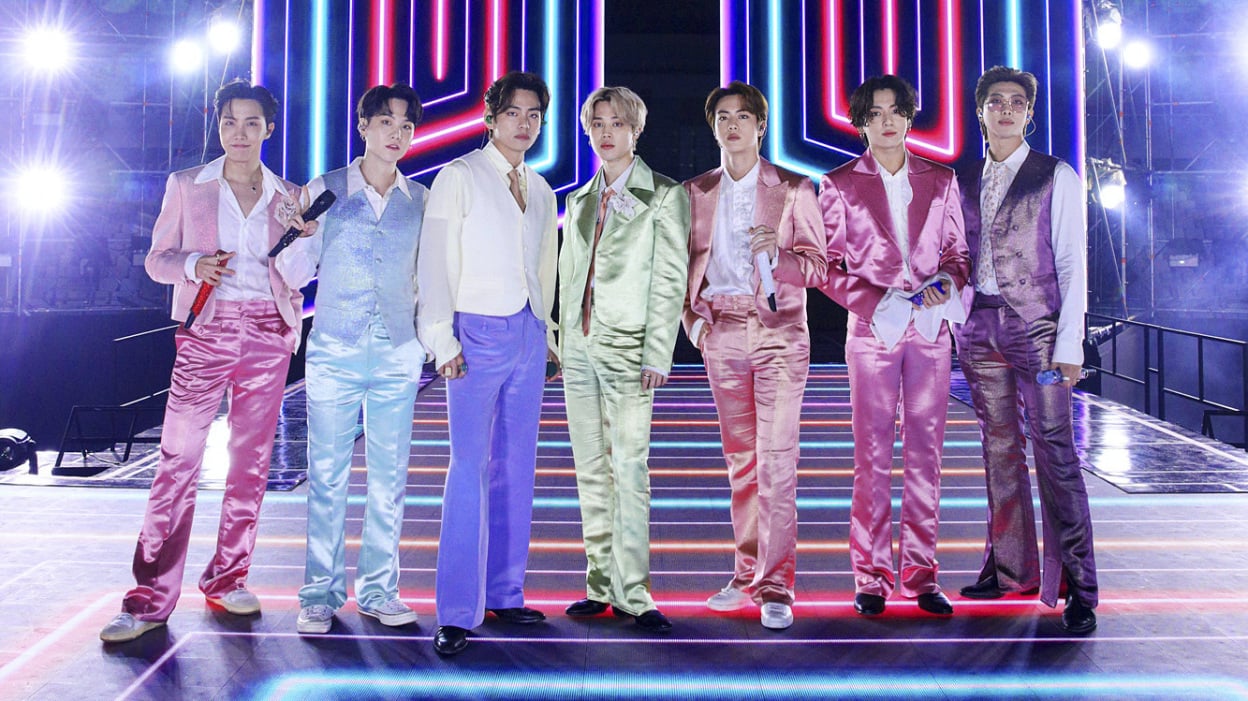 HYBE, the company behind BTS, released its NFT platform, Dunamu, in October 2022.
HYBE, the company behind BTS, released its NFT platform, Dunamu, in October 2022.
Following the announcement at the beginning of 2022, fans took to social media and hashtags such as #BoycottHybeNFT and #ARMYsAgainstNFT began trending.
The backlash came as a result of the fan’s belief (which was correct at the time) that NFTs were harmful to the environment. They were especially aggrieved as the band had given a speech at the UN 3 months earlier saying how important it was for the world to reach its sustainable development goals.
Thankfully the Merge (Ethereum’s transition from proof of work to proof of stake) on September 17th made the Carbon emissions due to NFT development on Ethereum almost non-existent. The Ethereum network’s annual CO2 output is now less than that of 100 average American homes.
Takeaway
With the struggles many artists face over income and having to pay a large slice of their royalties to the record labels, it seems that NFTs are a ready-made solution to these problems.
Prior to The Merge a big concern for some in the music industry was the impact of NFTs on the environment, but with those concerns now alleviated, a major hurdle in the wider adoption of NFTs has been overcome.
Although at the time of writing the world is in the midst of a crypto and NFT winter, it seems clear that the use of NFTs in music will grow. They solve so many issues that plague the industry at the moment and provide a plethora of benefits to both fans and artists, that their adoption is almost certain to explode in the next few years.
The future they promise when combined with the Metaverse and the music events that will take place in it is both exciting and incredibly inspiring.
Get more insights like this on the business and marketing of the metaverse delivered to your inbox. We’ll never spam you, ever.
Harry Harrison
After spending 3 years traveling around Australia and Asia I began writing about finance whilst stuck at home at the beginning of 2020 thanks to Covid. I've always had a strong interest in business and technology and he thoroughly enjoys learning more about anything connected to the Metaverse, NFTs or crypto. In my spare time he enjoys playing soccer, pool or chess and reading about history, science and technology.
Related Posts
December 6, 2022
The Impact of The Merge on NFTs
The Merge has been perhaps the most important development to the Ethereum…
December 1, 2022
How The SEC Might Regulate NFTs
The Securities and Exchange Commission (SEC) has taken a somewhat critical view…
October 11, 2022
Unstoppable Domains VS Ethereum Name Service
Unstoppable Domains (UD) and the Ethereum Name Service (ENS) are both used to…
